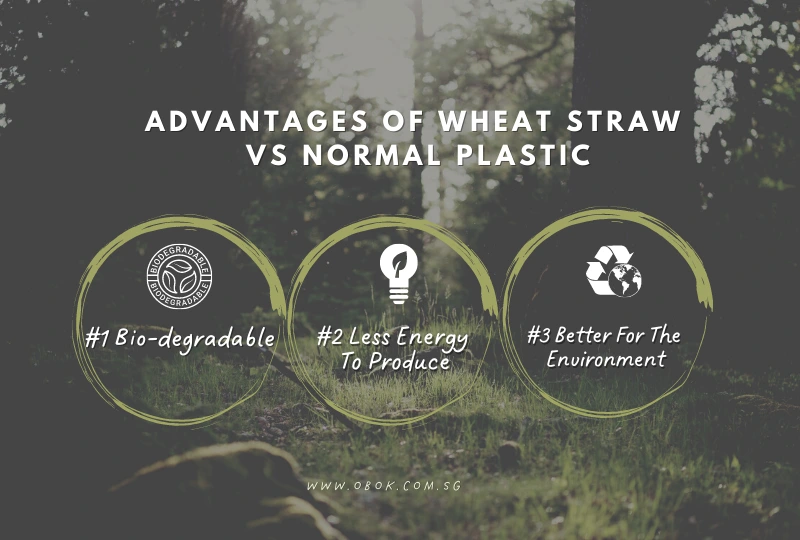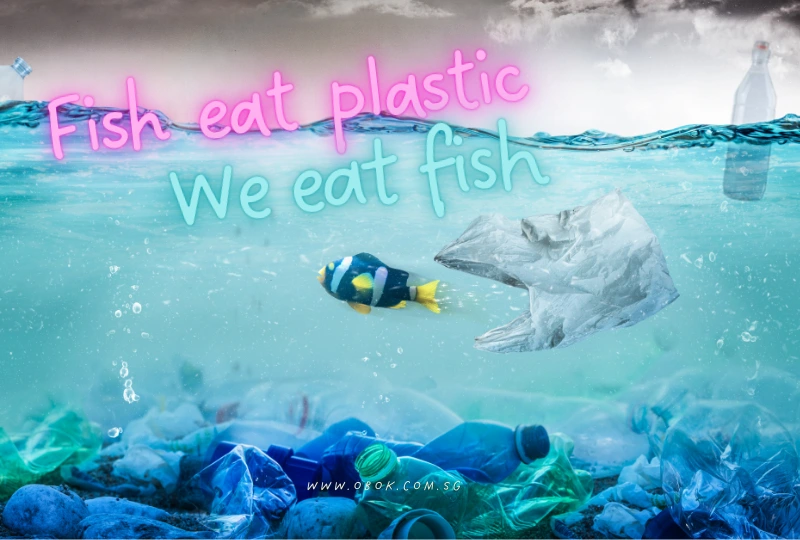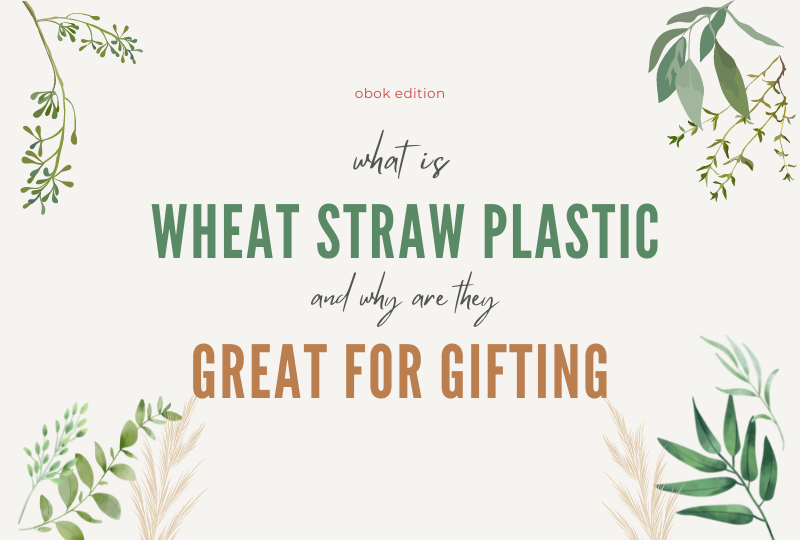What is Wheat Straw Plastic And Why Are They Great For Corporate Gifts?
Chances are, you would have already received a corporate gift item made from wheat straw plastic. They look and feels exactly like plastic, but what are they made from?
1.1 What is wheat straw plastic?
Wheat is a type of grain that is often used to make bread or flour. Wheat straw is what’s leftover once the wheat is harvested. The by-product, wheat straw, is then used to make wheat straw plastic products.
Wheat straw plastic is then manufactured by breaking down the cellulose it contains.
1.2 So is wheat straw plastic environmentally friendly?
Using wheat straw to make promotional products is environmentally friendly as the products are constructed from the waste left behind in agricultural processes after the grain is extracted from the crop, providing a resource that would otherwise be discarded or burnt in the incinerator, hence giving off more greenhouse gases.
When wheat straw is used to make plastic, it becomes compostable and can decompose in a home or commercial site. As it decomposes at a rate similar to paper, wheat straw plastic leaves behind no toxic material, so the compost can be used for future plant growth.
Wheat straw contains cellulose and is broken down to make a new polymer. The process creates the opportunity to make different kinds of polymers. Plastic is made from artificial polymers, but polymers created from wheat straw, are completely natural.

1.3 The advantages of using wheat straw plastic
All-natural plastics come with a plethora of perks for us, but also the environment.
1) Entirely biodegradable, renewable and sustainable. In your home compost, it takes 3 to 6 months to fully compost, but in an industrial scale composting facility, that time needed is lowered to 1 to 2 months. Once composed, these wheat straw products which were once ‘plastic’ turn into a valuable fertilizer that can enrich soil and plants.
No waste disposal is required since it can naturally decompose, hence no need for burning of the plastic which in return causes more emission of greenhouse gases.
2) It requires less energy to produce wheat straw plastic. The production of regular plastic uses a lot of energy and releases a lot of carbon dioxide gases. Wheat straw requires less energy because they are natural and do not need as much processing to become pulp. Additionally, they require fewer additional materials which may be toxic to the environment, such as oil, because their natural fibers make the wheat plastic material sturdy enough already.
3) Good for the environment since it cuts down on the need of disposal of the by-product of wheat, which is traditionally accomplished through burning the waste, contributing to air pollution.
4) Final product looks great and is inexpensive to procure – prices start from as low as S$0.40+ for a customised wheat straw plate with lots of choices below S$1.00 for wheat products. Items made from wheat straw plastic are full of character with every item having a unique wheat graining, so no two products are ever the same.
Many large corporations have chose to use wheat straw plastic as it promotes a positive brand image as well, given that the material has positive associations with being eco-friendly and being sustainable, as compared to procuring normal plastic goods.
2. The impact of regular plastic on our environment

Plastic is a great way to store products. The material itself is hardwearing, sturdy, lightweight and durable. Inevitably due to so many good characteristics the material owns, many products are made from plastic due to the properties they are required to have as well as cost concerns. In some cases, plastics are unavoidable, such as for the lids of our takeaway food container, as well as to protect goods during transportation.
However, due to the mass production of plastic, a main problem is caused: plastic pollution. Plastic is an oil-based material and takes thousands of years to biodegrade naturally. As it breaks down, it creates microplastics, which are tiny plastic particles, invisible to the naked eye, that are directly ingested by animals and indirectly ingested by humans.
Microplastics in the ocean are being mistaken for food and eaten by fish, which then in turn, we humans consume the fish – that’s right. Fish eat plastic, and we eat fish. On the other side of the ocean, turtles mistake big plastic bags floating around the oceans end up eating them, and these turtles either suffocate or starve. Some other plastic waste cause marine life to get tangled in it, with little chance of getting loose. Eventually, these innocent sea creatures either end up suffocating or dying from starvation, both unnecessary and unnatural causes of deaths.
While some plastics can be recycled, even the recycling process consumes more energy and excretes more CO2 than any other natural alternative. Although in some cases such as food packaging, plastics are unavoidable, we believe every little step counts towards the global effort of reducing the production of plastic whenever possible.
This is when wheat straw plastic comes in to take the place of normal, regular plastic.








